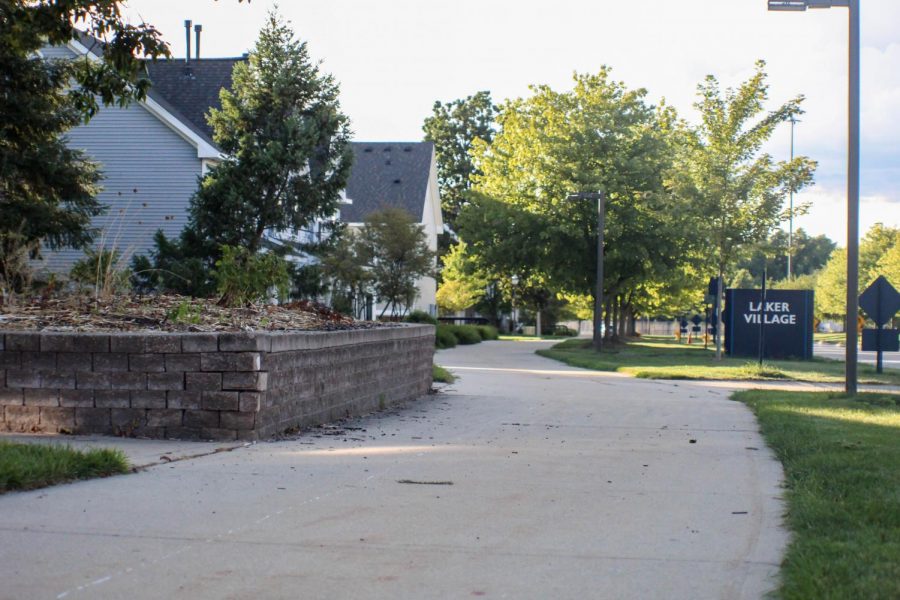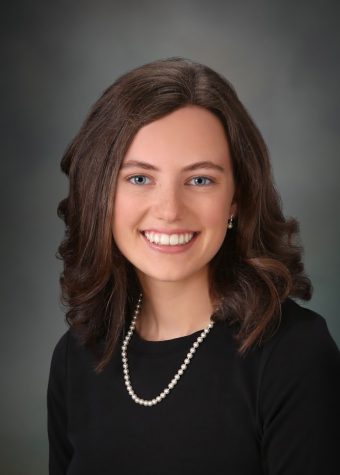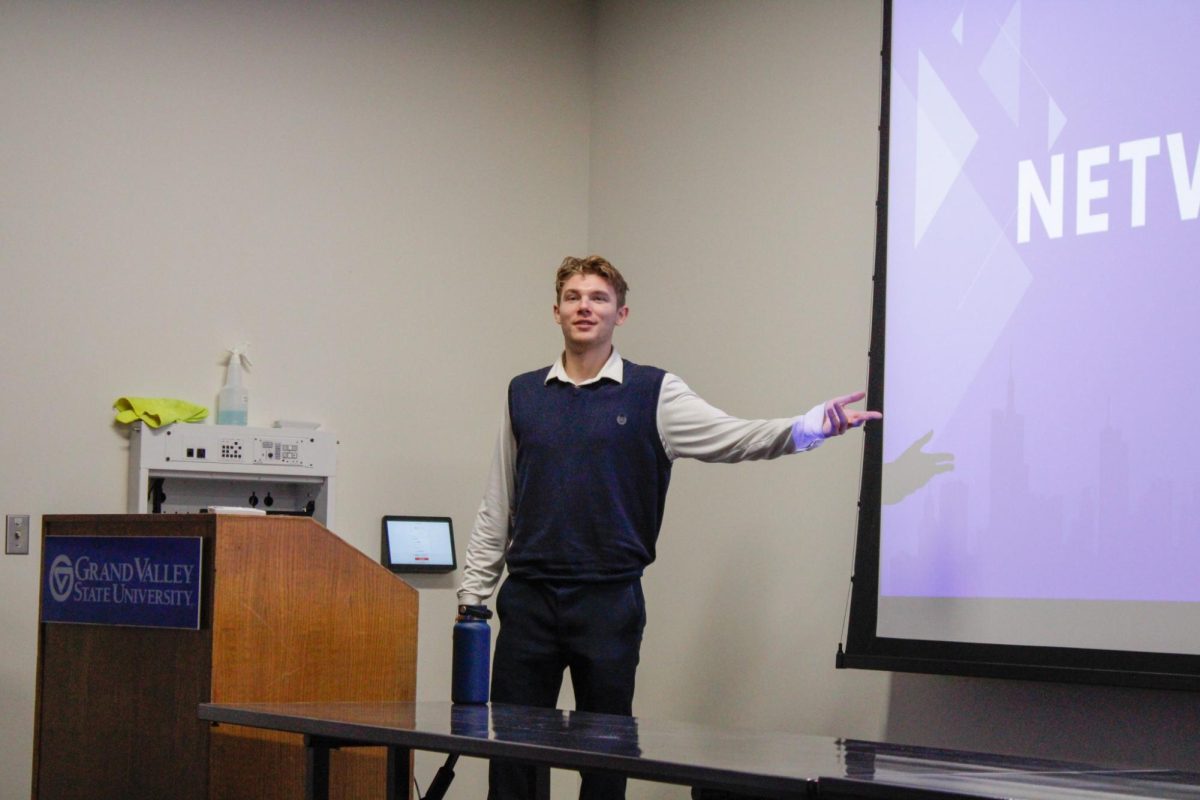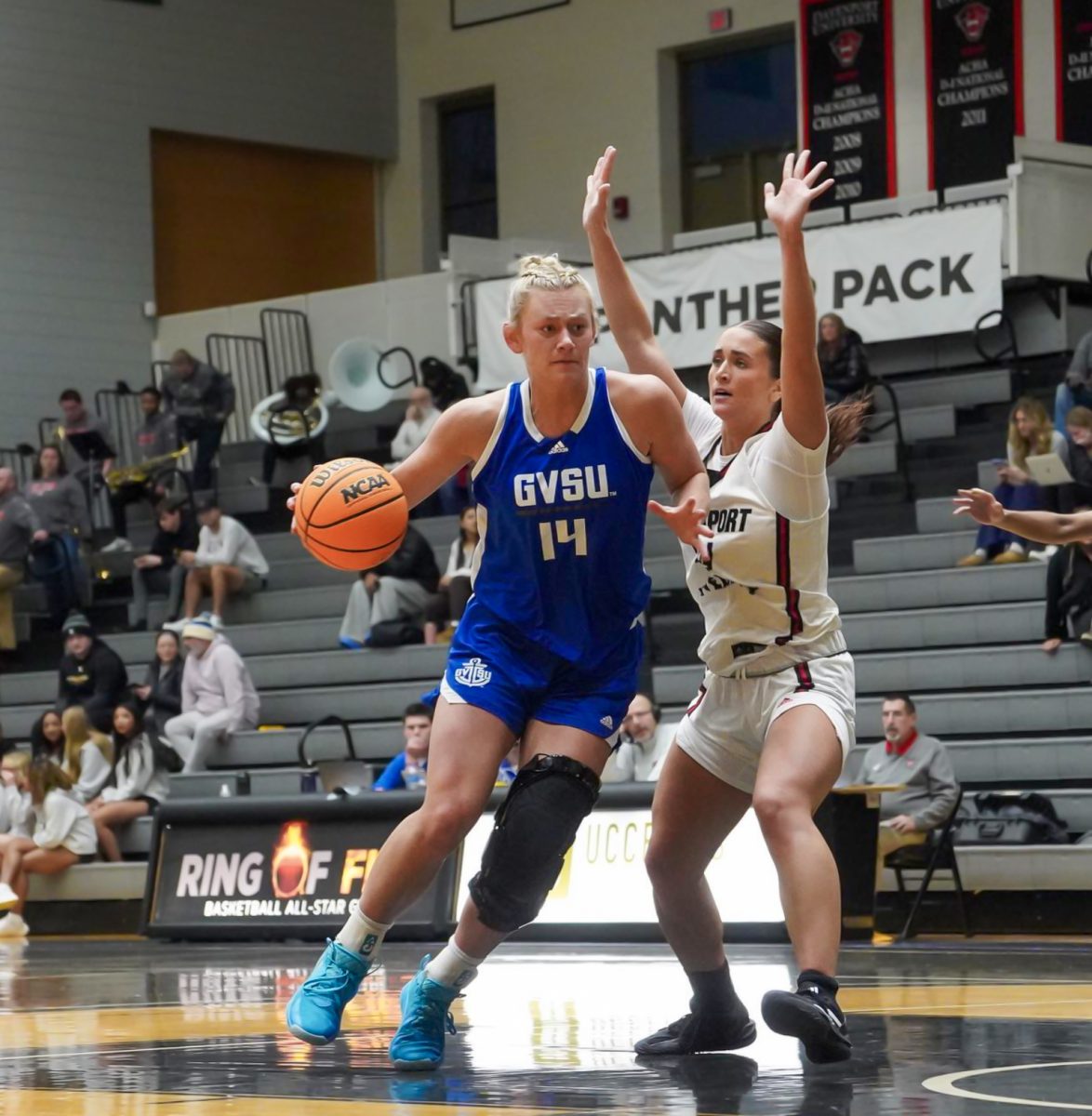GV conducts COVID-19 wellness survey
Aug 10, 2020
Among the numerous surveys Grand Valley State University students may find in their inbox over the course of the semester, one in particular will shape the coming year at GVSU for both students and staff.
The COVID-19 Wellness Survey was sent to student emails July 1 through GVSU’s Public Health Department. GVSU professor Ranelle Brew, who is chair of the Department of Public Health and Program Director, said it was created with the goal of providing students with the resources they need most to be successful at GVSU this year amid a global pandemic.
“The goal was to facilitate a survey that could give us data-driven, evidence-based research that would help us to look at resources for students and other ways that we can support them,” Brew said. “For example, we have a food pantry on campus. If some of our data shows that there’s more food insecurity than we saw before, that’s something that we can then share to folks on campus and those who are working on the food pantry so that we can increase the resources there.”
The survey was also designed to encompass the eight dimensions of wellness, said Katie Jourdan, Student Health Promotions Coordinator.
“(The eight dimensions of wellness) is really a holistic view of wellness, that students can be well in many areas,” Jourdan said. “We’re using those eight dimensions to help drive our wellness programming, so I think as the public health faculty we’re really looking at how COVID-19, in particular, impacts those areas for GVSU students because it can impact people in different ways.”
Brew said that the 75-question survey returned approximately 1,600 responses.
“It was basically a set of questions on each of the eight dimensions,” Brew said. “We looked at those dimensions and gave everybody an area to consider and when we broke that down within the faculty, everybody had their own interest area that fit the dimensions.”
Brew said that the team of seven full-time faculty members in the public health department worked with peers in human resources, faculty and staff wellness and student wellness.
“We brought them in as well because obviously those are important arms of the university, they’re also doing work in regards to wellness for students and faculty and staff,” Brew said.
Although the team is still in the process of analyzing survey results, the researchers are excited to share their findings and provide students with the best resources available this fall, Brew said.
“We want to be able to give what we have learned from the data to the offices that provide those types of services to students,” Brew said. “Maybe it’s counseling, maybe it’s inclusion and equity or it could be the food pantry. Our intention is that we get data-driven evidence that we can provide to the different offices on campus that will help to support students the best they can as they return to campus in the fall.”
Jourdan said that the survey will provide many departments with the opportunity to play a positive role in student wellness as they transition into a new kind of semester.
“Whatever that data shows we’ll use to drive where our programs, initiatives and our campaigns really move towards,” Jourdan said. “I do think that every department really has a role to play in student wellness. It’ll be kind of a wealth of data for lots of different areas on campus.”



























